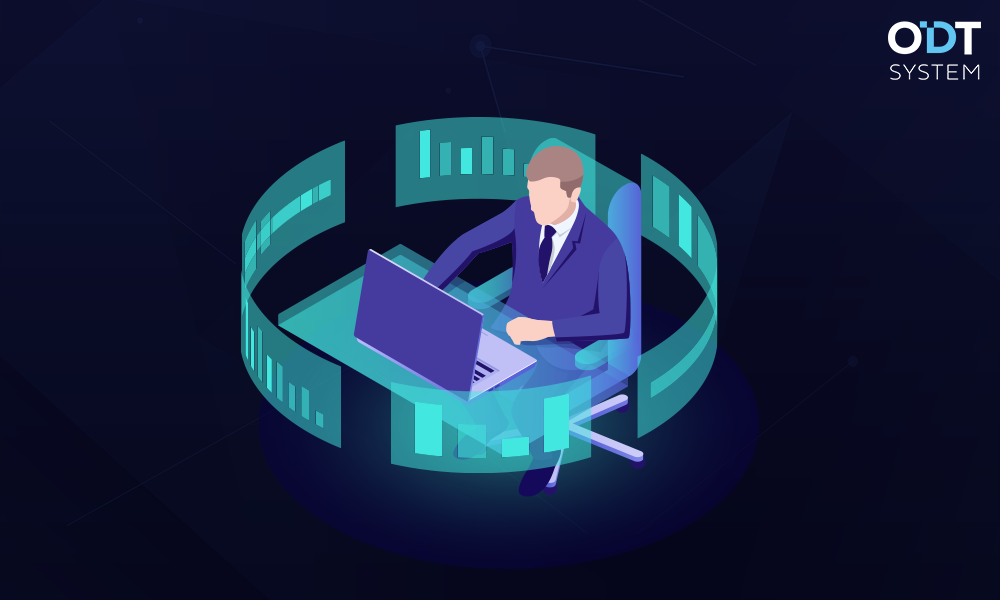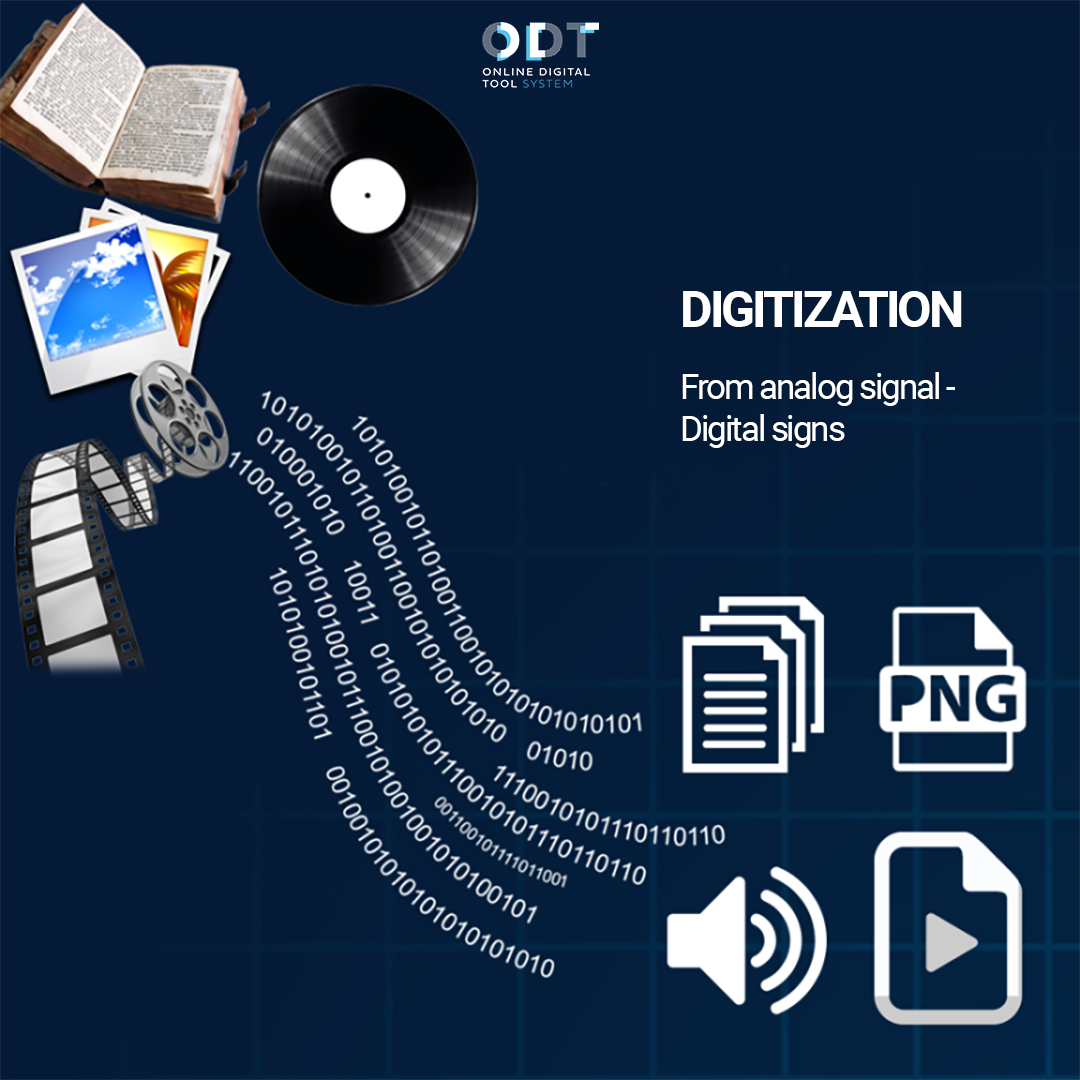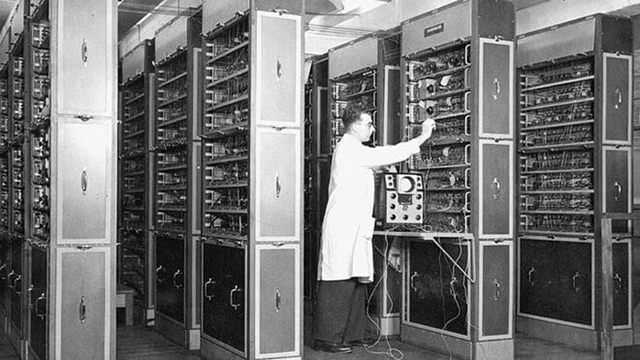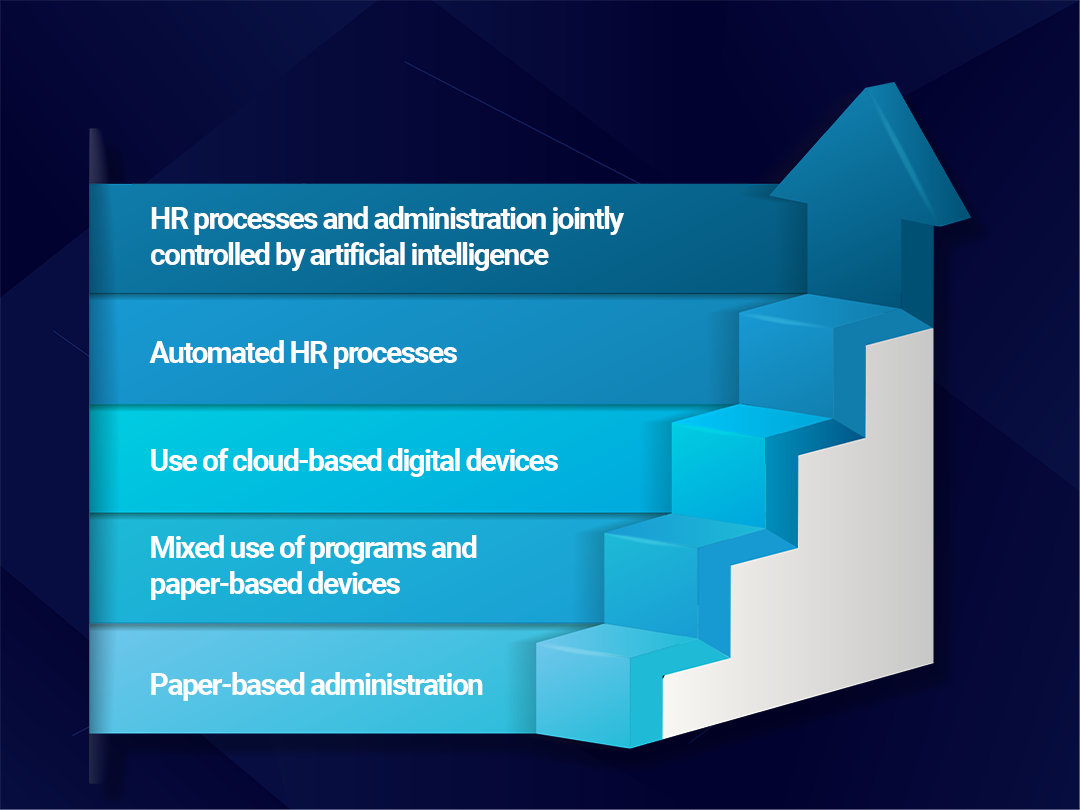But can we keep up with technological innovations? Are we prepared for the digital age? Why is this so important and what are the benefits? What exactly does digitalisation mean? This article gives an answer to everything that digitalisation surrounds.
By purchasing or developing IT infrastructure, various software and systems, and using new technologies, the workflows can be automated. However, it manifests itself not only in a physical sense, but also represents an added value.
It results in a new organizational culture, where openness, new approach and the need for development leads the company forward. The corporate structure will also be transformed, and introduction of new methods will also be involved in the workflows.
The process should be implemented in collaboration with the involvement of all employees. This makes it easier for them to adapt to the new situation, it does not constitute a stress factor and helps to develop an approach suitable to the present times. In the corporate environment, full adaptation is made possible by the development of the skills of colleagues and their digital training. They need to learn such new working methods, processes and competences that are key to the successful completion of tasks. This will make the work more efficient.
- Browsing 96%
- Emailing 86%
- Searching for information 85%
- Visiting social media sites 75%
- Viewing news portals 72%
Reason:
Reason:
Reason:
The emergence of gear-driven calculators played a major role in the start of digitalisation, but the real breakthrough was János Neumann’s computing basics when the binary system appeared and laid the foundations of the later digital revolution.
From ‘90s onwards, digital technology began to evolve rapidly. Not only computers became more and more advanced, but such pieces of software were created that not only helped the work, but later the program partially performed the automatable tasks. Just think about the DOS operating system, and then the word processor of Windows that replaced it, the Word used today. But do not forget that we have also came from saving a data on a magnetic tape to using cloud-based technology.
